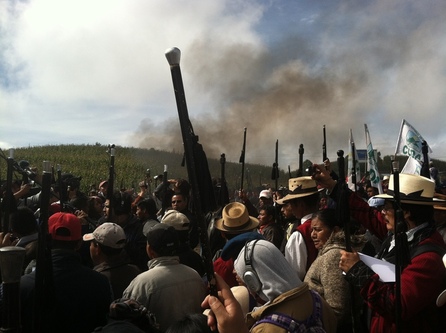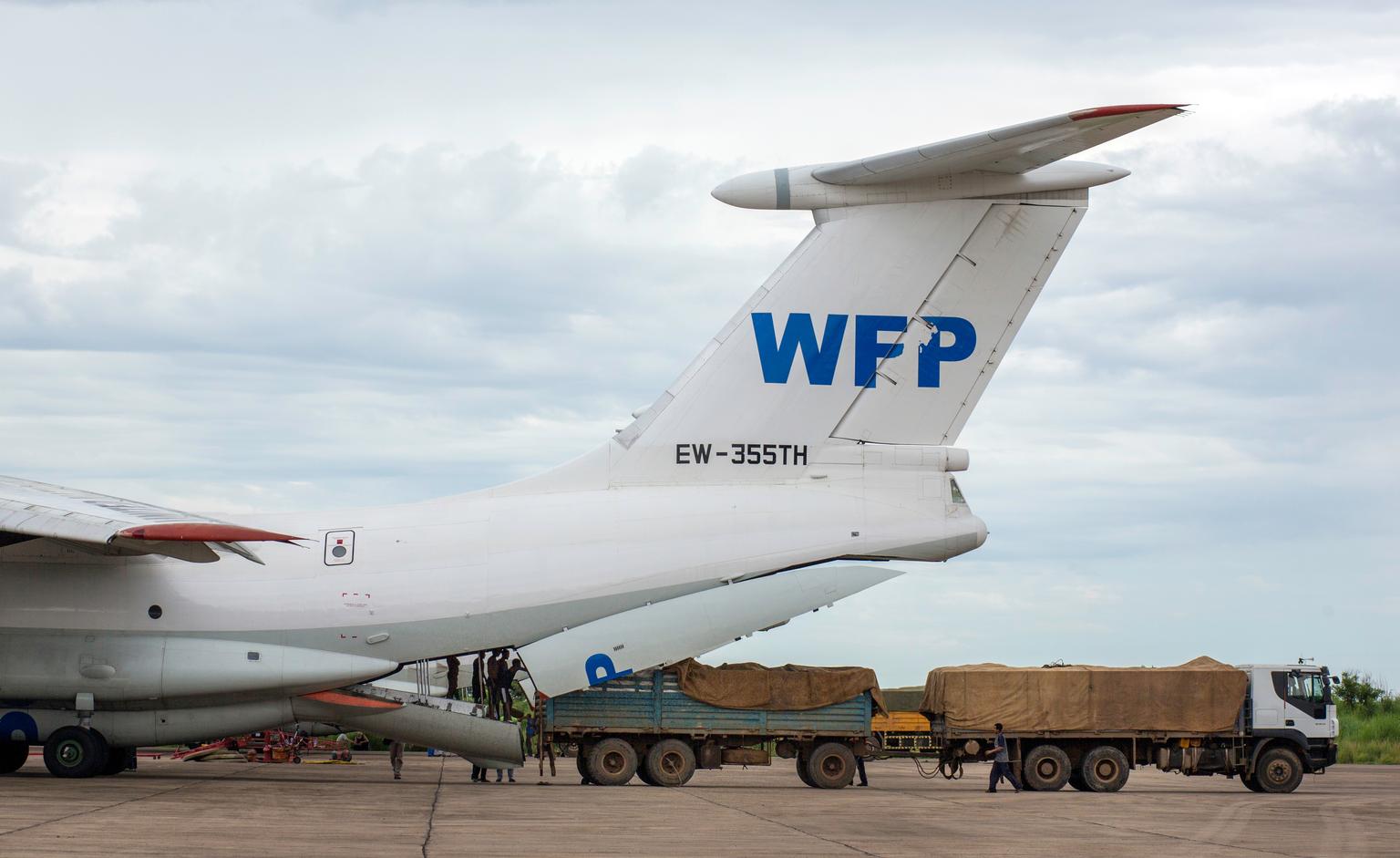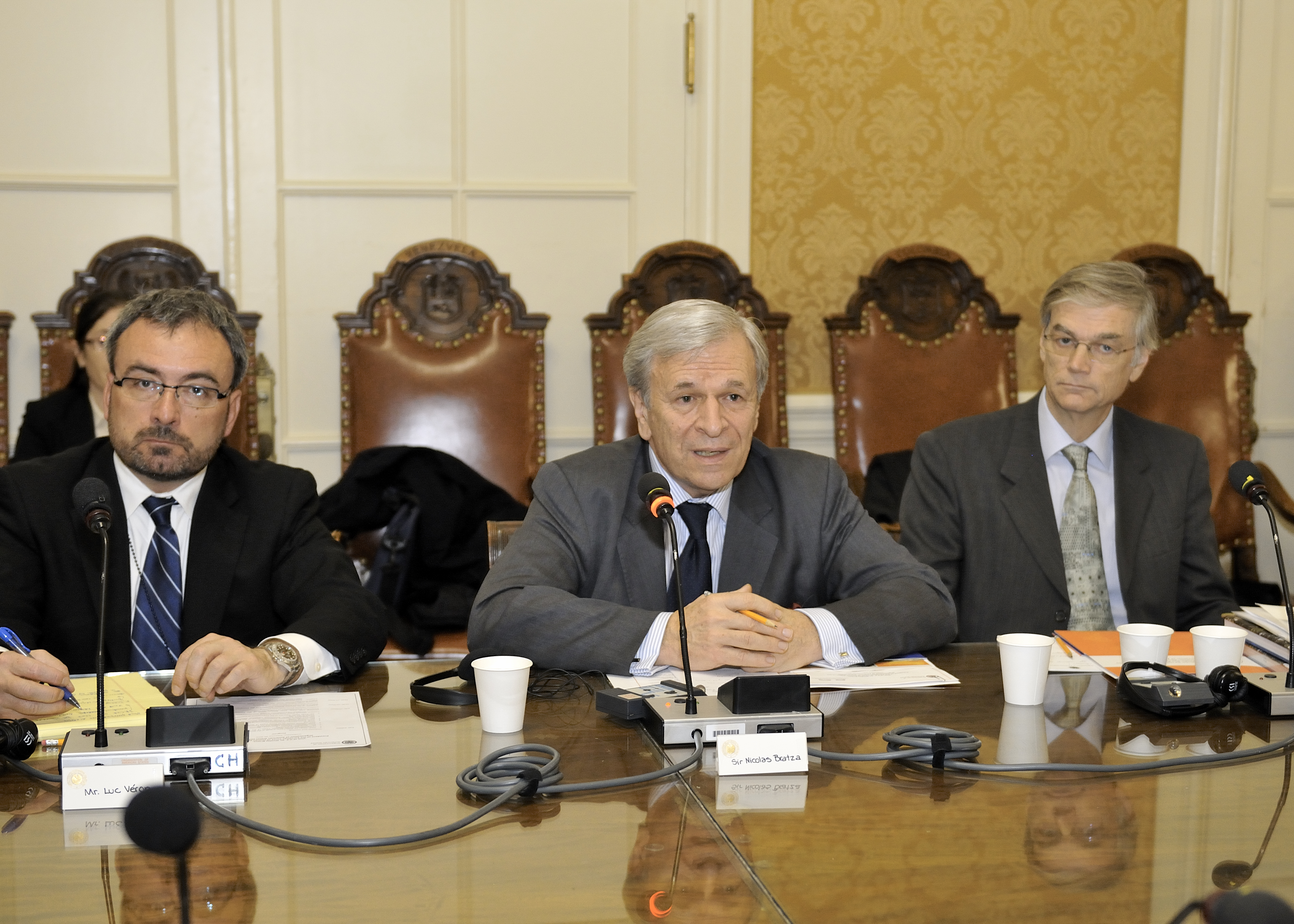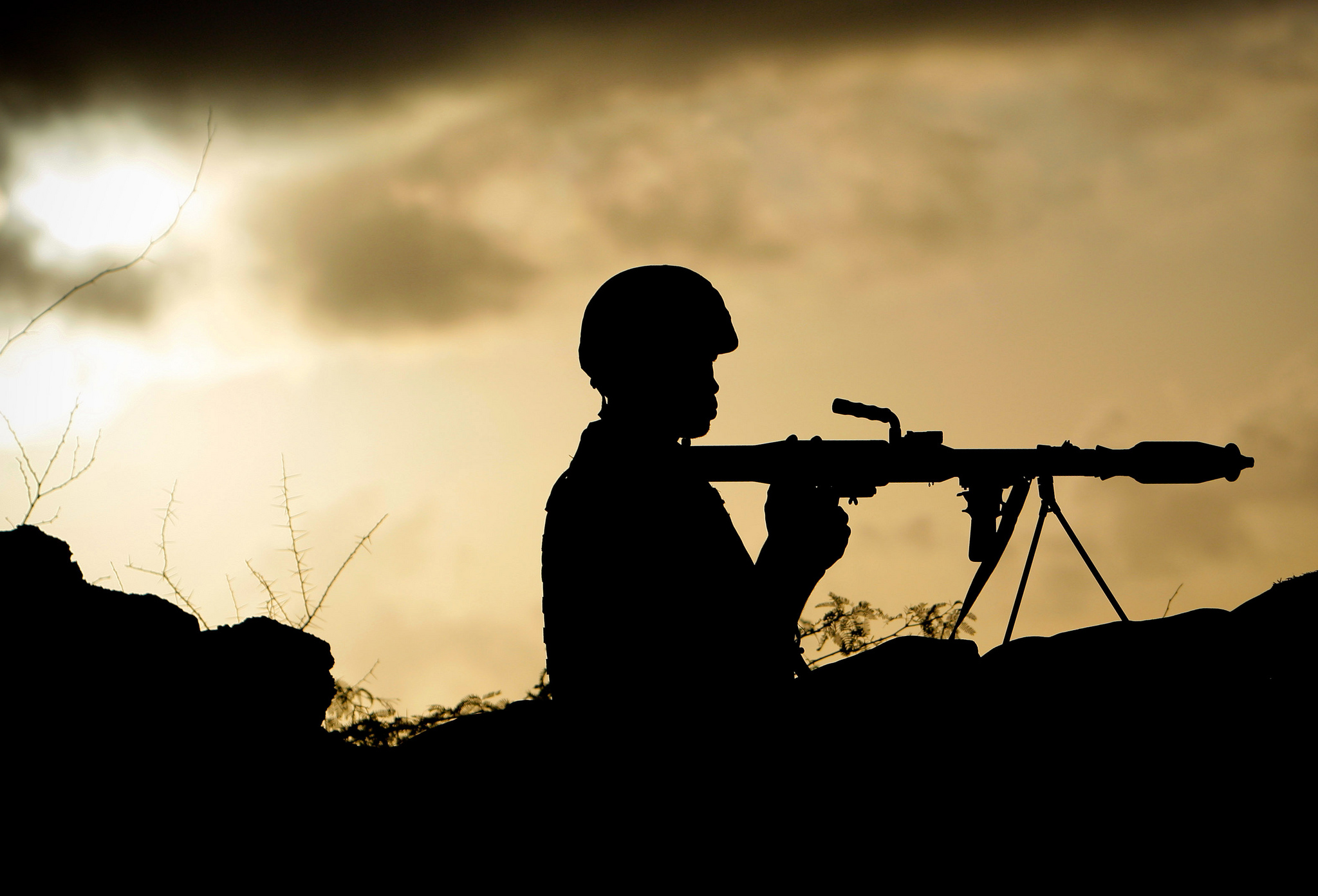Guest post by Madhav Joshi and Louise Olsson
As Afghan government representatives, the Taliban, and international observers participated in a Russian-hosted conference to jumpstart the stalled Afghan peace talks, the issues of women’s representation once again made the headlines. Only one woman participated in the conference—one woman representing 51 percent of the Afghan population.
In early March, Biden’s administration leaked an Afghan peace plan that includes “inclusion of women and members of all ethnic groups throughout government institutions” and a future constitution guaranteeing “the protection of women’s rights.” Though Afghan women have the most influential actor in the peace process on their side—the United States—the parties remain far apart on many issues, including the role of women in the peace process, and women’s rights generally.
Women’s rights in Afghanistan depend on a comprehensive negotiated settlement—one that women have a role in shaping. In our research analyzing how 205 civil wars ended in 69 countries, we found that comprehensive peace agreements were vital for improving women’s political rights. But implementation is key: when the implementation rate increased from 10 to 80 percent, the probability of more substantial improvements in women’s political rights increased by almost 280 percent.
Armed conflict can end in many ways—a government victory, a rebel victory, a partial peace agreement, a comprehensive peace agreement (CPAs), or a conflict simply can subside as groups cease fighting. What makes a comprehensive peace agreement—and its implementation—more conducive for women’s political rights?
Important studies show that war often disrupts social hierarchies and mobilizes women. Aili Mari Tripp, a political scientist at the University of Wisconsin-Madison, has shown for example that, in war, women take on new leadership roles in their families and communities. They assume duties otherwise reserved for men—from generating income to negotiating with militias and taking part in peace demonstrations.
For this increased power and resources to result in long-term change once the war is over, however, three conditions are necessary.
Three Conditions for Securing Progress for Women
The first is opportunities for reform. The way a civil war ends creates different opportunities for warring parties and political elites. A victorious government is likely to focus on consolidating power by making it harder for other groups to challenge it, as was the case in Sri Lanka. A victorious rebel group, on the other hand, has the opportunity to pursue multi-sectoral reforms without any political opposition, similar to what happened in Afghanistan after the Taliban victory in 1996. Opportunity for transformative reforms also exists when warring parties settle their conflict by negotiating comprehensive peace agreements, since the process implies acknowledging the need for mutually agreed reforms.
Prospects for women also depend on armed actors’ willingness to negotiate and implement broader reforms. When decisive victories occur by either rebels or the government, the victor’s primacy focus is the consolidation of the victory by pushing unilateral reforms. Oftentimes, such reforms are extreme, as was the case in Sri Lanka after 2009, or during the Taliban regime in Afghanistan. This is not the case when a comprehensive peace agreement is negotiated, as both sides need to find common ground, consent to broader reform initiatives, and work together in implementing the reforms. As a result, significant institutional reforms supportive of women’s rights can take place, as was the case in Nepal, Liberia, and El Salvador.
Finally, the third condition is the influence of and support from third-party countries or multilateral agencies and the conditions under which warring parties are receptive to their influence. When wars end in peace agreements rather than one-sided victories, multilateral agencies often influence and support policy reform initiatives, which might be very costly for the country to carry out on its own. In Nepal, international actors had significant influence over key actors in the peace process as they were making important institutional reforms. Women’s organizations also received support from multilateral agencies during the peace implementation process, which significantly influenced their ability to participate in the peace process.
These three conditions, which are vital for improving women’s rights when the conflict ends, only exist when a war terminates in a comprehensive peace agreement. They enable women’s mobilization and empower women’s organizations to influence political elites and former warring actors through broader institutional reforms as witnessed in Liberia, Northern Ireland, Nepal, and Colombia.
Do Women’s Rights Provisions in Peace Agreements Make A Difference?
Interestingly, we did not find that including women’s rights provisions in peace agreements automatically improves women’s rights in the post-war period. This sounds puzzling: how could implementing a comprehensive peace agreement lead to improvements in women’s political rights, but the inclusion of women’s rights provisions in a peace agreement have no effect?
Specific clauses on women’s rights often face specific problems in implementation, including weak support from the former warring parties. But more fundamentally, women’s rights are secured when they influence the realization of broad institutional reforms, not just the specific provisions focusing on women. The sustainability of women’s rights probably depends more, therefore, on broader institutional commitments supported by all sides and pushed by mobilized women in the core processes.
What Can the US do in Afghanistan?
The ongoing negotiations in Afghanistan are a critical test for Biden’s Executive Order establishing the White House Gender Policy Council with goals that the US should seek to advance gender equality globally and support women’s participation in peace processes.
Reaching a comprehensive peace agreement in Afghanistan might take some time, as the intra-Afghan dialogue is in its early stages, having only finalized the procedures for negotiation last December. As our research suggests, the US and UN must use their influence to encourage the warring actors to engage in broader social, political, and economic reforms, and to include women in the process now, to ensure they influence the shape of the peace agreement and long-term improvements in women’s rights.
Madhav Joshi is a research associate professor and associate director of the Peace Accords Matrix in the Keough School’s Kroc Institute for International Peace Studies. Louise Olsson is a senior researcher at the Peace Research Institute Oslo (PRIO), Norway.






